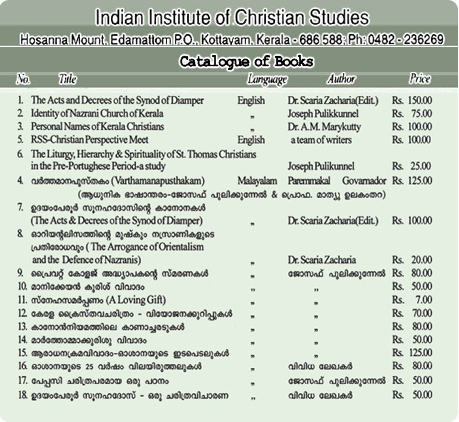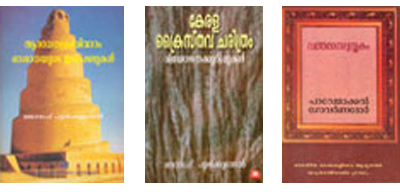Area of Research

The Nazaranis of India have a long and chequered history of 2000 years. Though there were attempts to undertake a superficial study of the history of the Nazranis, no earnest effort was made by the scholars to highlight their peculiar customs, architecture, art and ways of living and faith.
The Indian Institute of Christian Studies invites scholars from the universities for an in-depth study and to unravel the complexities related to the history of Christians in India. The Institute provides accommodation for the scholars at nominal fees and facilities for Research. The Institute does not offer scholarships, but, will help the scholar by giving directions.





